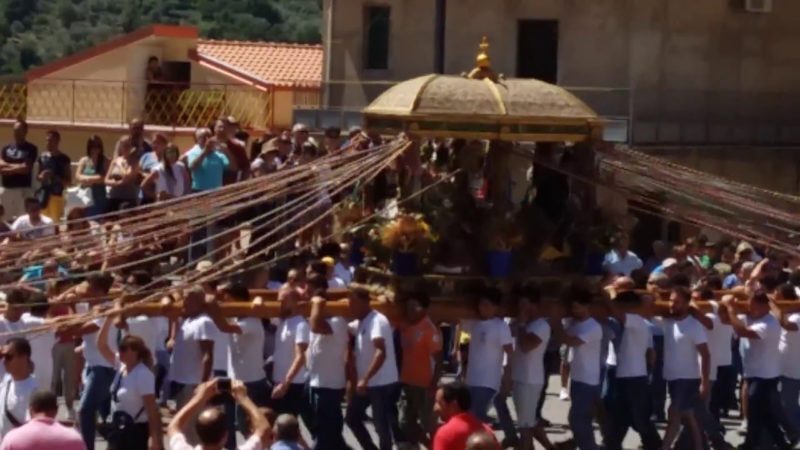Feast in honor of San Nicolò Politi
Card insertion: Heritage Sicily
Note : The population of the cards of the Heritage database proceeds in incremental phases: cataloging, georeferencing, insertion of information and images. The cultural property in question has been cataloged, georeferenced and the first information entered. In order to enrich the informative contents, further contributions are welcome, if you wish you can contribute by providing information and / or images also through the facebook group "Heritage Sicily"
Visit Sicilian Intangible Cultural Heritage database to learn about other intangible assets
Visit Data Maps Heritage: Set of databases of the Sicilian Cultural Heritage to know other databases (nature, baroque, archeology, material assets and much more)
----------------
Technical sheet prepared by: Region of Sicily - Department of cultural heritage and Sicilian identity - CRicd: Regional center for inventory, cataloging and documentation and Sicilian regional film library
15-18 August: Celebrations for the Patron Saint (17 August solemnity of Dies Natalis).




